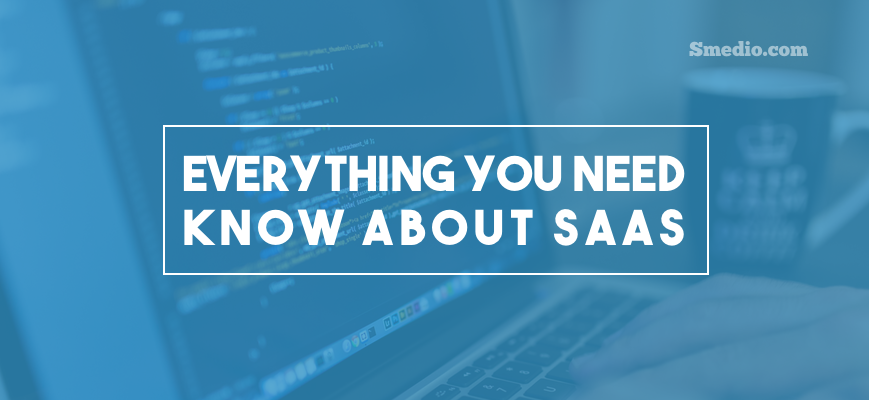The term SaaS is short for “software as a service.” It can be defined as an integrated web-based software that’s hosted on a cloud-based service and is “rented” on a subscription basis rather than paying one-time fees. It’s hugely popular among businesses that don’t wish to invest substantial amounts of money in computing resources.
SaaS services work by storing programs and data on large remote servers that have the advantage of allowing you to access them any time. You can compare them to cloud storage services such as DropBox. You’re assigned a username and password through which you can get access to the services any time and from anywhere, without having to worry about using up hard disk space on your computer, or about your computer crashing and you losing your data.
There are many reasons why you may want to consider a SaaS service for your business.
They Free Up Storage Space on Your Computers
SaaS allows you to free up storage space on office computers by storing data at another location. The freed up storage can then be utilized for the programs that will help your business grow. For example, you can store CAD software, desktop publishing tools, or graphic design tools, depending on the nature of your business, all of which tend to occupy a great deal of hard disk space.
You Can Work from Anywhere
Besides providing workflow automation to reduce the percentage of errors, SaaS services allow your employees to work wherever they’re located, without having to worry about lugging around laptops or other devices. In addition, SaaS applications are often designed to be compatible with tablets and smartphones. This helps employees work with any device. All you need to do is log in with the username and password assigned to you.
You Don’t Need to be Concerned about Device Breakdowns
With desktop applications, if the device you’re working on malfunctions, you lose your data along with the device. But here’s where SaaS plays its role well: It frees you up from having to worry about device breakdowns. If your laptop breaks down, you can simply log in from another device and find all your data as you left it. The organization providing you with the SaaS service takes full responsibility for your data, and makes sure that you have access to your data. They ensure that risk management procedures are in place to minimize disruption in your access to data.
They Are Generally More Economical
Over the long run, a SaaS solution can turn out to be much cheaper than a software license in more ways than one. First of all, a desktop application usually also requires a dedicated IT team to help manage it. In the case of a SaaS solution, the service provider handles this responsibility for you. Secondly, the subscription fee tends to be smaller than the up-front fee you’re required to pay. This allows businesses to better utilize their money on other activities such as marketing, investment in inventory, or boosting their bank balances so that they’re in a better position to negotiate costs of financing.
You Don’t Have to Worry about Upgrades
Computer and application upgrades can turn out to be headaches for IT departments, and may require them to, for example, work at odd hours or schedule in some downtime. SaaS services work remotely so that the end user is completely freed from having to worry about the technicalities involved in upgrading an IT system. Not only that, upgrades to SaaS solutions are completely transparent so that your system is automatically updated to the newer versions without you having to worry about compatibility with older versions, or training the staff on the new version.
It’s Easy to Quit
When you no longer need to use a desktop application, you’re stuck with the issue of what you should do with it. It’s very unlikely that you’ll get your money back. Besides this, managing administrative matters of disposing of a business asset is another issue. However, in the case of SaaS, you just need to contact your SaaS provider and let them know you no longer wish to continue using their application. While the termination process differs from one solution provider to the other, it generally involves nothing beyond having you to discontinue payment.
The Bottom Line
Usually the hardest part of getting started with a SaaS service is selecting the right one for your needs. But once you have finalized your solution, the service provider will guide you through at every step of the way. They take charge of designing the application so that it meets your requirements, and will assign you login credentials – and that’s it!







